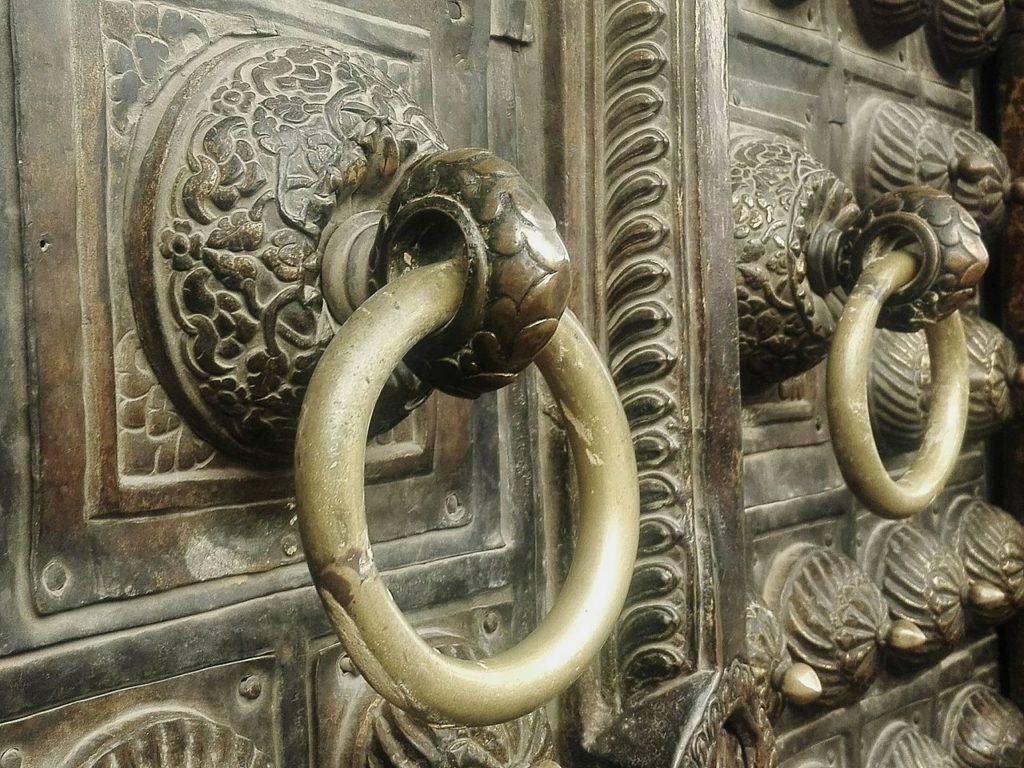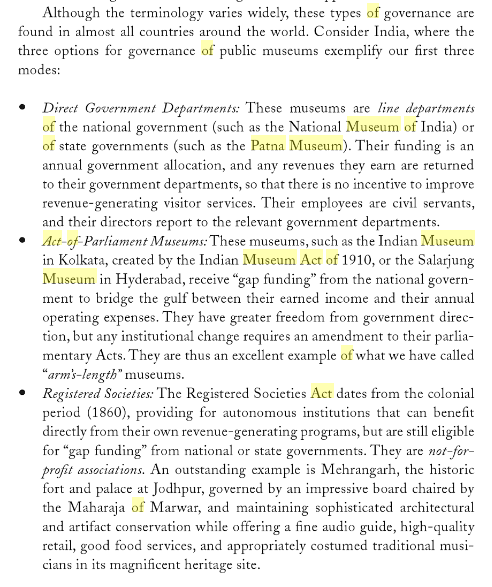The famous Patna Museum, started in 1917, turned a hundred years old this April. Today, it was shut down to move its wealth of national antiques moved to an autonomous museum by the government.

This had been coming and students of the neighbouring College of Arts and Crafts celebrated its centenary as well as fought tooth and nail to keep it alive as only the love of Art students used to haunting priceless treasures can. Speaking with several people fighting the government to keep a piece of Bihar’s priceless heritage alive, I pieced together a story that to me, at least speaks of devastating loot, in the same manner is the ongoing privatization of many national resources from water to historical antiques.
In a state with an abundance of museums falling to disrepair for an alleged lack of funds, and public infrastructure as well as citizens lacking basic amenities in large swathes of the state, and at a time when Nitish Kumar was busy touting Bihar’s poverty, he also saw fit to give 17 acres of land and an estimated 500 crores for the construction of a “world class museum” that would run as an autonomous trust. The usual circus of corruption followed. Tenders through an opaque process, cronies on board, astronomical consulting fees and when challenged, plain ignoring the courts and delaying the case till the project became too big to fail in spite of the High Court judgment clearly saying that the Bihar Museum project was not in public interest (even though it refused to stop it because the project was nearing completion by the time the case concluded). If you’re thinking this sounds like UIDAI and Aadhaar, you wouldn’t be alone.
An important distinction here, is that the Patna Museum is a Government Department, while the Bihar Museum is owned and run by the Bihar Museum Society – which is basically an NGO with the board appointed by the government, but it is not a government body. It has no legislative backing as a government body. So, what is happening here is that the treasures of the state are being handed over to a privately run organization, while the government fudges this knowledge from people by calling it a “government museum”. If it is a government museum, why is an autonomous body recruiting people for it? When was the transfer of the museum done from the Society to the government?
And a 100 year old museum that belongs to the people of Bihar – which amounts to a heritage treasure in itself, is being killed to fill the NGO’s museum with world famous antiques and archaeological finds. Its most crucial and valuable exhibits, referenced by archaeologists worldwide in countless books – artefacts dating to before 1764 – will be transferred to the Bihar Museum. There is also fudging of legal process. For example, exhibits on loan from Archaeological Survey of India, Indian Museum in Calcutta and the Lucknow museum cannot be moved without their consent. They have not consented. The pieces are being moved anyway, illegally. Jaya Sankritayan, daughter of Rahul Sankritayan is furious> Her father, Rahul Sankritayan had given his finds of Buddhist and other artifacts from the 12th Century explicitly to the Patna Museum for display. In the event the museum closes, they would revert to the family, she is absolutely not consenting to them being moved to the Bihar Museum.
For those who don’t know the difference between a Government Museum and one that is a registered Society, here’s the part of Manual of Museum Planning: Sustainable Space, Facilities, and Operations that I found useful in understanding:


What this basically means is that the government gifted an entire museum to an NGO. But it also has other implications. While the Patna Museum can rely on the Bihar government for funds, the Bihar Museum may be eligible for funds, but it is the government’s discretion whether it gives them and it must raise funds from its own resources and visitors. This pretty much guarantees that sooner or later, the fees for viewing the museum would be priced way higher than the Patna Museum in a state with large numbers poor people who wouldn’t be able to view their own heritage – or the shortfall would be made up in other ways and it not being a government Museum, you wouldn’t be entitled to answers from the Bihar Museum.
This means, it is vital for the Bihar Museum to be an economic success. And economic success in the armpit of a world famous museum that is a hundred years old would be difficult. The government of Bihar has come to the rescue by giving the Bihar Museum the exhibits of the Patna Museum and shutting down the Patna Museum instead of having to develop its own collection! If you look at what is going on here, you have an NGO that is being given government land, public funds and irreplaceable national archeological wealth to create and run a museum as a private entity. The question must be asked why give all this to an NGO then and why not let it belong to the people of Bihar?
To do this, the 100 year old Patna Museum, which is owned by the state of Bihar and which could easily have been upgraded to “world class” for a fraction of the cost, was raped of its archaeological treasures, including the world famous Didarganj Yakshi sculpture estimated to be 2500 years old, a holy relic of Lord Buddha, Chausa bronzes and many other archaeological finds referenced in scholarly works worldwide. To understand the history of the Museum and how intertwined the creation and curation of the Patna Museum is with the assertion of the identity of the state of Bihar itself, read this loving article by Salila Kulshreshtha that makes it come alive. This Museum opened, in its current glory for the last time yesterday.
When I spoke with Dr. C. P. Singh, General secretary of Bihar Puravid parishad, his anguish 90% of Patna museum’s antique exhibits being given to Bihar Museum was unmistakable. And why not? From the little I know, the priceless archaeological finds in a museum are its soul. Which well wisher of a museum would tolerate being forced to part with most of them? His concern was even greater that there wasn’t proper infrastructure yet at the Bihar Museum to handle the precious cargo coming in. “Even if we move homes, we have to be careful about the furniture, over here we have world famous relics that need to be handled with care and documented properly”. Another concern I heard from an activist was that the inventory was not properly documented. In the hands of a private organization, it would be impossible to say if priceless artifacts from Bihar’s history vanished without trace. The cynic in me is fairly certain that this, to the Bihar government and Bihar Museum Society, is a feature and not a bug.
I am not a lawyer, but even to the most uneducated eye, what is going on is clearly a transfer of public assets and funds to private hands in the name of creating a modern museum. In other words, a scam. I agree with the students of College of Arts and Crafts, Patna and the Patna Sangrahalay Bachao Samiti (Save the Patna Museum Association) that the Patna Museum needs to be saved, its painstakingly curated collection of exhibits returned and its dignity that is so interwoven with the history of Bihar itself must be restored.
I hope better legal minds than mine will scrutinize this situation and assist the cause of those fighting an overwhelming war to save something precious.

